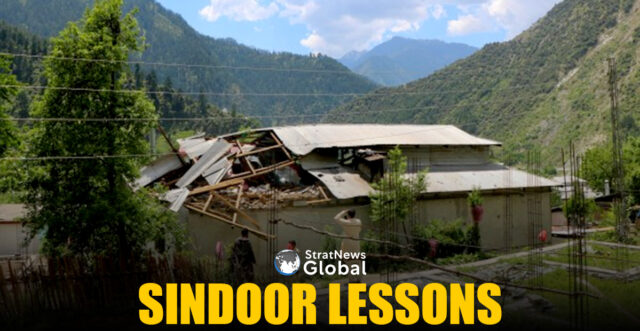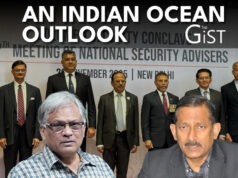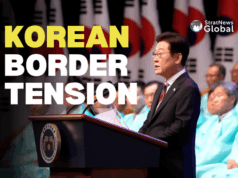Operation Sindoor, India’s response to the slaughter of 28 people in Pahalgam by Pakistani terrorists on April 22, exposed the strengths and weaknesses of both countries, and the role of technology and strategic culture.
Three distinguished panellists in this edition of Bharat Shakti Dialogues—Air Marshal Ravi Kapoor, (Retd) Air Officer Commanding-in-Chief (AOC-in-C), Central Air Command; Vice Admiral Anil Chopra, (Retd) former Commander-in-Chief of the Western Naval Command; and Lt. Gen. Raj Shukla (Retd), former GoC-in-C, Army Training Command—emphasised that India must get out of its complacency and make a significant investment in its military capability, technological innovation, and strategic autonomy in order to counter current and future threats, particularly those posed by China.
A central concern was the lack of urgency in India’s defence preparedness. Despite growing threats from China, particularly in cyber, space, and airpower domains, panellists pointed out that procurement remains slow, budgets modest, and planning disconnected from long-term threats. The Chinese have centralised their strategic focus entirely on India’s periphery, while India appears reactive, not proactive.
One panellist warned against the temptation to rest on recent operational successes, like the Balakot strikes, and called for sustained investments in capabilities—not just platforms. “Capability, capability, capability” must become the new mantra, akin to how Bollywood once chanted “entertainment, entertainment, entertainment.”
A key area of weakness identified is India’s continued reliance on imports for critical military hardware. Imports not only increase costs but also create risk in wartime. India’s defence industrial base, while growing, is still focused on licensed manufacturing rather than original design and development. The experts called for bold reforms in procurement, a restructured DRDO, and greater private sector involvement to incentivise innovation rather than just production.
Space and cyber were flagged as the next battlegrounds. With China weaponising space and building sophisticated cyberwar capabilities, India cannot afford to fall behind. Directed-energy weapons, stealth technologies, and near real-time battlefield intelligence were highlighted as areas demanding urgent focus.
Finally, the panellists argued that India must learn from its own success in the payments and digital sectors—leveraging speed, trust, and private-public synergy—to revolutionise defence procurement and R&D. Without that, the nation risks fighting tomorrow’s wars with yesterday’s tools. Don’t miss this fascinating discussion.
In a career spanning three decades and counting, Ramananda (Ram to his friends) has been the foreign editor of The Telegraph, Outlook Magazine and the New Indian Express. He helped set up rediff.com’s editorial operations in San Jose and New York, helmed sify.com, and was the founder editor of India.com.
His work has featured in national and international publications like the Al Jazeera Centre for Studies, Global Times and Ashahi Shimbun. But his one constant over all these years, he says, has been the attempt to understand rising India’s place in the world.
He can rustle up a mean salad, his oil-less pepper chicken is to die for, and all it takes is some beer and rhythm and blues to rock his soul.
Talk to him about foreign and strategic affairs, media, South Asia, China, and of course India.





